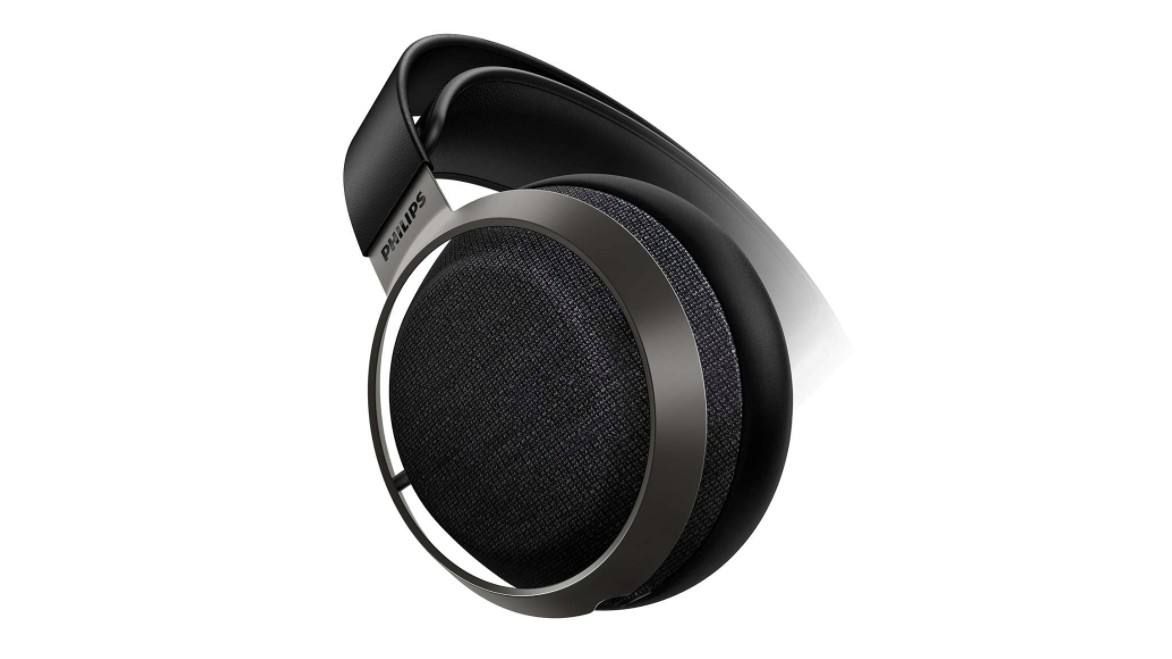Philips Fidelio X3 and SHP9600 headphones set for September release
Two new open-back over-ear headphones from Philips will be available in the US later this year

If the Philips Fidelio X3 sounds familiar, gold star to you – we've actually been writing about the hotly-anticipated successor to the Philips Fidelio X2 and Philips Fidelio X2HR headphones since September 2019. To be fair, 2020 has hardly been smooth sailing for any of us.
Now, we finally have a confirmed US release date for Philips' latest wired over-ear headphones: September. We're still waiting for exact details about the UK release.
As we said back in January, the Fidelio X3s are the company's latest flagship, open-back headphones, aimed squarely at audiophiles.
The company says the Fidelio X3 offers "open-back, feather-light comfort with pristine tuning".
Boasting features such as 50mm multi-layered polymer drivers, which are gel filled for additional dampening, a 5-40,000Hz frequency response, 100dB @ 1mW sensitivity, <0.1% THD distortion and a leather/metal premium finish, the X3s certainly seem worthy of a long listen in our testing facility. (Remember, they're an open-back design, so perhaps not ideal for public listening – unless you want everyone in the park to hear your tunes).
The ear shells are double layered by an internal ridge in an effort to reduce vibration and the speaker plates are tilted to a 15-degree angle for a better fit. Visually, they certainly look comfortable – the headband connecting the two velour memory foam earpads is covered in "responsibly sourced" black Muirhead leather.
The Philips Fidelio X3 headphones are priced at £299 (€349, $349, about AU$449) and will be available from September in the US.
The latest hi-fi, home cinema and tech news, reviews, buying advice and deals, direct to your inbox.

And if you're based in the US, Philips has another new over-ear option for you: the SHP9600. And they're surprisingly affordable.
Philips says its SHP9600 over-ears offer "a perfect blend of performance, comfort, and quality", sporting an open-back design that gives you a glimpse into the inner workings of the headphones.
Not only does the SHP9600 look the part, it also offers 50mm neodymium drivers, 12-35,000Hz frequency response, 101dB sensitivity, and even a gold-plated 3.5 to 6.3mm adapter.
The headband is reinforced with durable steel, which should add just the right amount of tension for a secure fit, and the double-layered headband cushion should bring the comfort. Philips assures US buyers that the breathable earcup cushions make the SHP9600 perfect for long listening sessions.
It doesn't seem to be a product that'll be available in the UK or Europe, but if you live in the US, you should expect these headphones to arrive in September, with an MSRP of just $129.
For everyone else, check back with us soon: we can't wait to put the new Philips Fidelio X3 headphones through their paces...
MORE:
Read all our Philips reviews
Becky has been a full-time staff writer at What Hi-Fi? since March 2019. Prior to gaining her MA in Journalism in 2018, she freelanced as an arts critic alongside a 20-year career as a professional dancer and aerialist – any love of dance is of course tethered to a love of music. Becky has previously contributed to Stuff, FourFourTwo, This is Cabaret and The Stage. When not writing, she dances, spins in the air, drinks coffee, watches football or surfs in Cornwall with her other half – a football writer whose talent knows no bounds.
